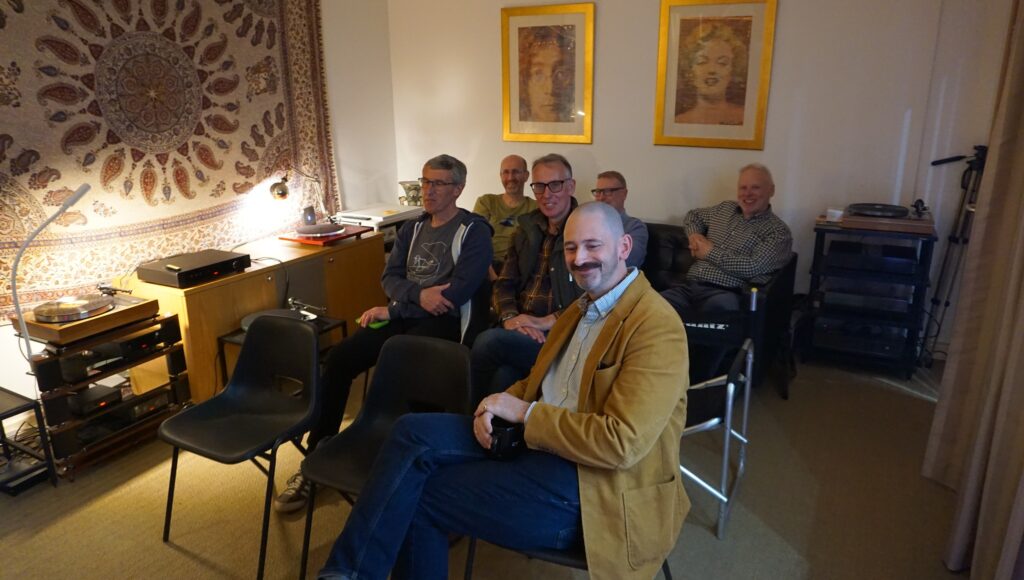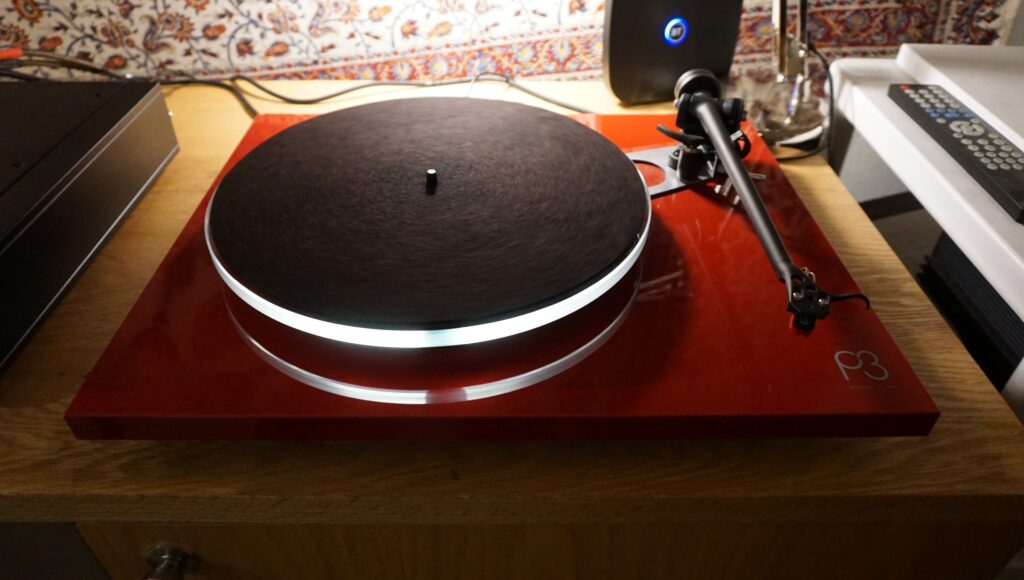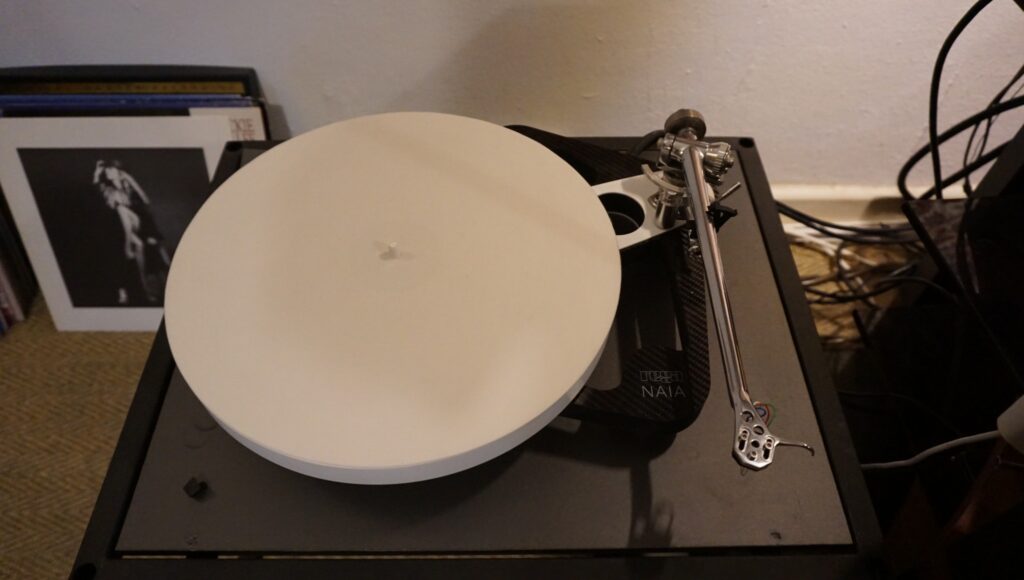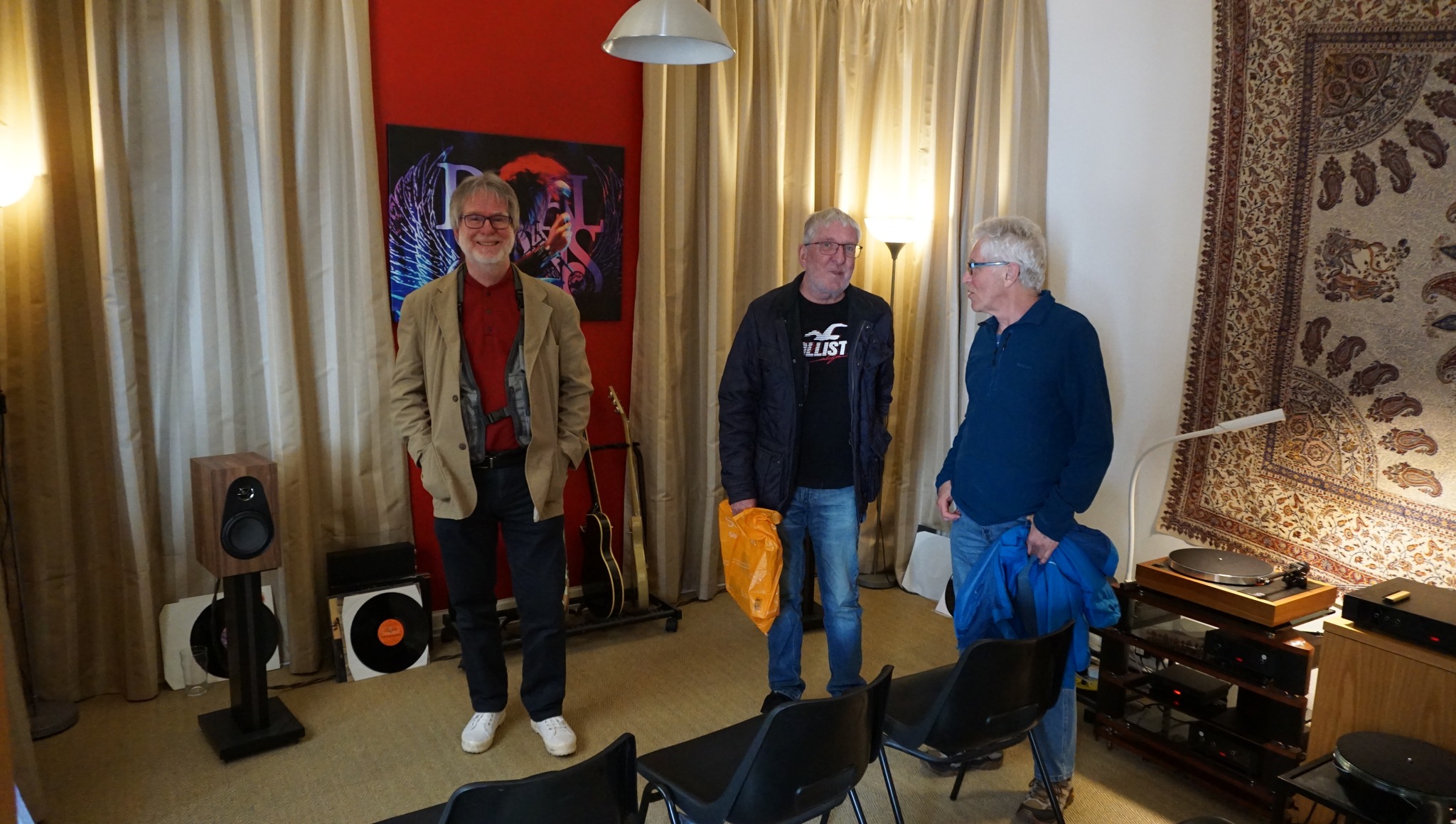
We hosted a day featuring turntables yesterday. Here's what the presentation was about.
We featured Rega P1 and this was compared with a P3
The P3 was compared with a P8 (featuring the same cartridge)
The P8 was compared with a Linn Sondek (same cartridges again)
Then we featured the Rega Naia reference turntable.
"We appreciate you coming and your support.
The idea today is to give you more information about turntables. About what they do, how they do it and how best to improve, should you be in the market for doing so.
The two most popular and arguably successful approach to playing records are;
Light and rigid - ala Rega and others
Floating subchassis to isolate the playback part of the record player from the motor and external noise ala Linn and many others.
Both offer great merit.
Today I'll feature Rega and Linn.
I'll give you some info and then we'll do some listening.
Rega "vibration measuring device"
The stylus follows the canyon- like groove wall of a record. Left and right channel information is stored in the undulations. The stylus needs to recover as much data from the vinyl wall. It has to then pass that information down the tone-arm and out the back of the deck where it can be plugged into an amplifier with a dedicated phono input.
The movements of the stylus in the groove are miniscule. Tiny movements measured in microns. Any movement in the materials of the arm, or "give" in the bearings will be greater than these. So information is lost forever. We can call this LOI. LOSS OF INFORMATION.
Similarly vibration passed into the platter from the surface the turntable is sitting on, or from the motor or from the air can also be greater than that recovered from the groove. Further LOI. Once lost it can't be recovered even with the best amps and speakers. You HAVE to recover it at source and not lose it there.
Cheap turntables made of inferior materials and with notable "play" in the bearings will lose a great deal of information. Because they will either not recover it, or they'll recover it but be unable to transmit it to the amplifier without corruption. Information is Lost.

Any questions?
Rega P1
Describe. Play some music.
This is our starter point for playing music and being kind to your records.
Rega are all about light and rigid. Explain the difference.
Explain top down design.
Explain power supplies and why pitch is important.
Vinyl is read in time. 33.3 RPM is easy on paper but most turntables are not pitch accurate.
Demo P1 against P3
Then P3 against P8.
Both have the same cartridge.

Before we listen to the Linn (also with same cartridge).
Linn is a floating suspension design. The motor is attached to the plinth. The bearing, platter, arm and cartridge are isolated from this by a suspension. The only link between the two parts of the turntable is the drive belt.
The LP12 is the longest continuous production turntable ever made. Linn have continued to develop engineering and electrics products to improve performance.
This turntable has a mix on new and old parts to enable us to build a high performance record player for sensible money.
Finally Naia with Aphelion MC cartridge. This is the current Rega reference design and it features light, low mass and rigid technologies.

Questions?
Upgrade
Mechanical 1st
Electric second
Motor unit 1st
Arm second
Cartridge third"
Our events are regular and everyone is welcome. Follow us on Facebook and join our Facebook Group to discover more.
